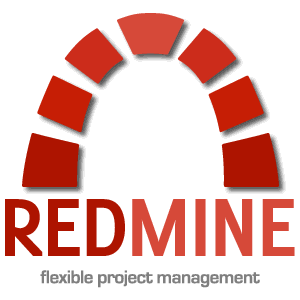Since being coined a term in 1996 [1] more and more traditional businesses are becoming electronic businesses. An electronic business is a business that uses information systems and the internet to perform all business-related tasks and functions.[2] A subset of electronic business is Customer Relationship Management, or CRM. This subset falls under the ‘Internal Business Systems’[1] category because it is a business system that is used internally as part of an electronic business.
A customer relationship management system is software that automates and integrates the functions of sales, marketing, and service in an organization.[2] A businesses CRM system typically comes in the form of a software package. These are either applications that business host internally or third party services that businesses uses over the internet. The typical system includes a backend database that stores information about every customer contact in the company. This database of customer data is that accessed, updated and maintained by certain employees from different departments. One usage example would be an customer service employee who takes calls from customers. This employee can utilize the CRM to quickly lookup the customer by a given identifying attribute (name, customer number, ect) and can instantly see all of the data on file for the customer. This results in the employee being able to give fast efficient service to the customer. This employee would be making use of the contact management, sales management, and customer support[2] features of a the CRM. In addition, by inputting data and feedback from the customer other departments can utilize this data to run analysis[2] and improve other areas of the business.
There are many free options out there for small businesses who just need a basic solution, even some that are open source such as OpenCRX (http://www.opencrx.org/) and Zurmo CRM (http://zurmo.org/). There are also more robust paid products for larger companies and organizations. SugarCRM for example has many distributions including an open source community edition and a paid enterprise level versions[4].
In conclusion, customer relationship management is a very useful way for a business to manage their customer base. There are many CRM options that even the smallest business can utilize, such as the free version of SugarCRM[4]. Having a management system in place that stores customer information allows businesses to be more efficient and therefor more profitable. It helps businesses improve their overall customer service by giving employees a quick and efficient way to handle customer relationships. Reference pages 250-251 in the Fundamentals of Information Systems textbook[2] for more examples of CRM implementations.
[2] Fundamentals of Information Systems textbook

